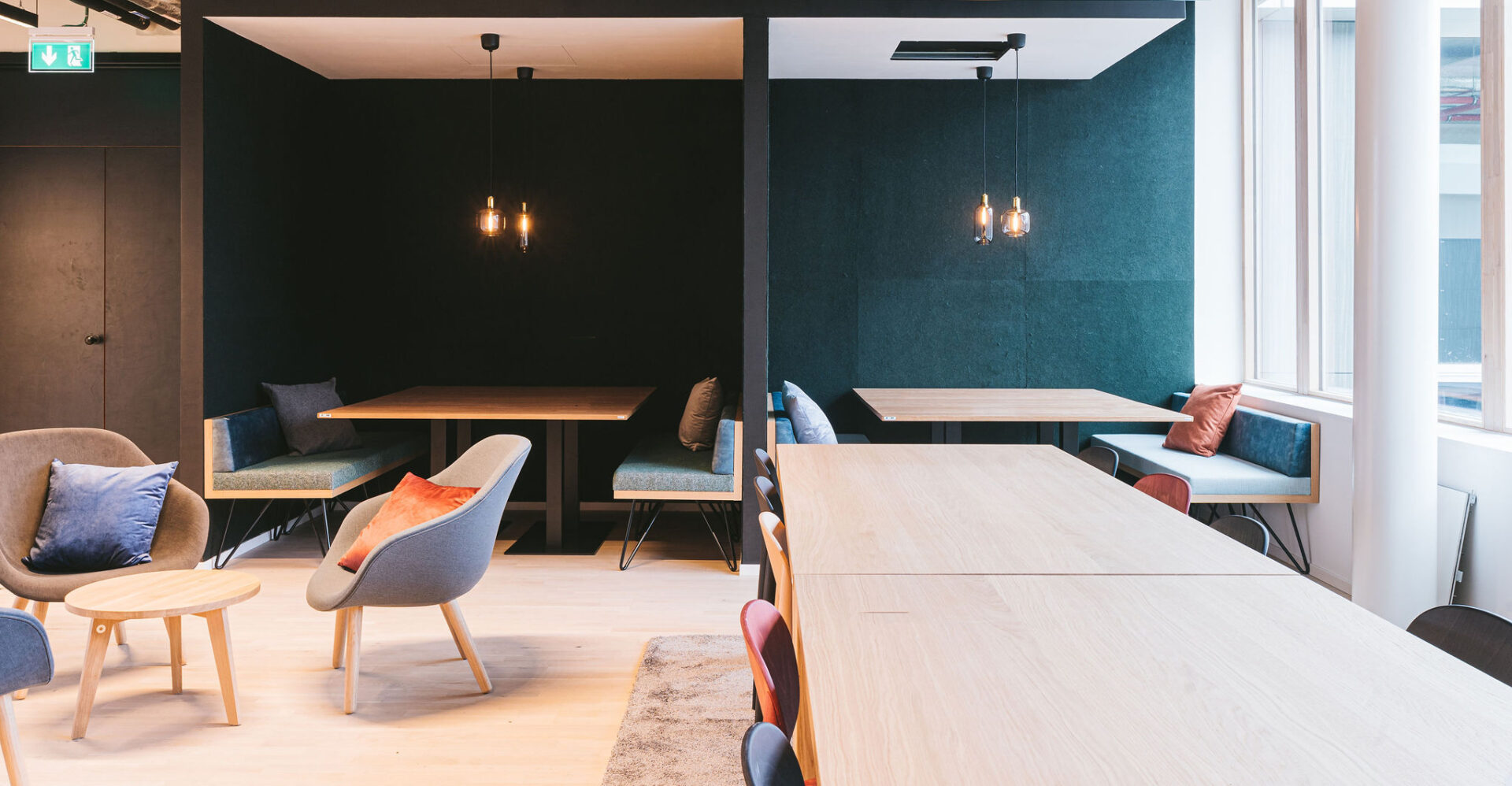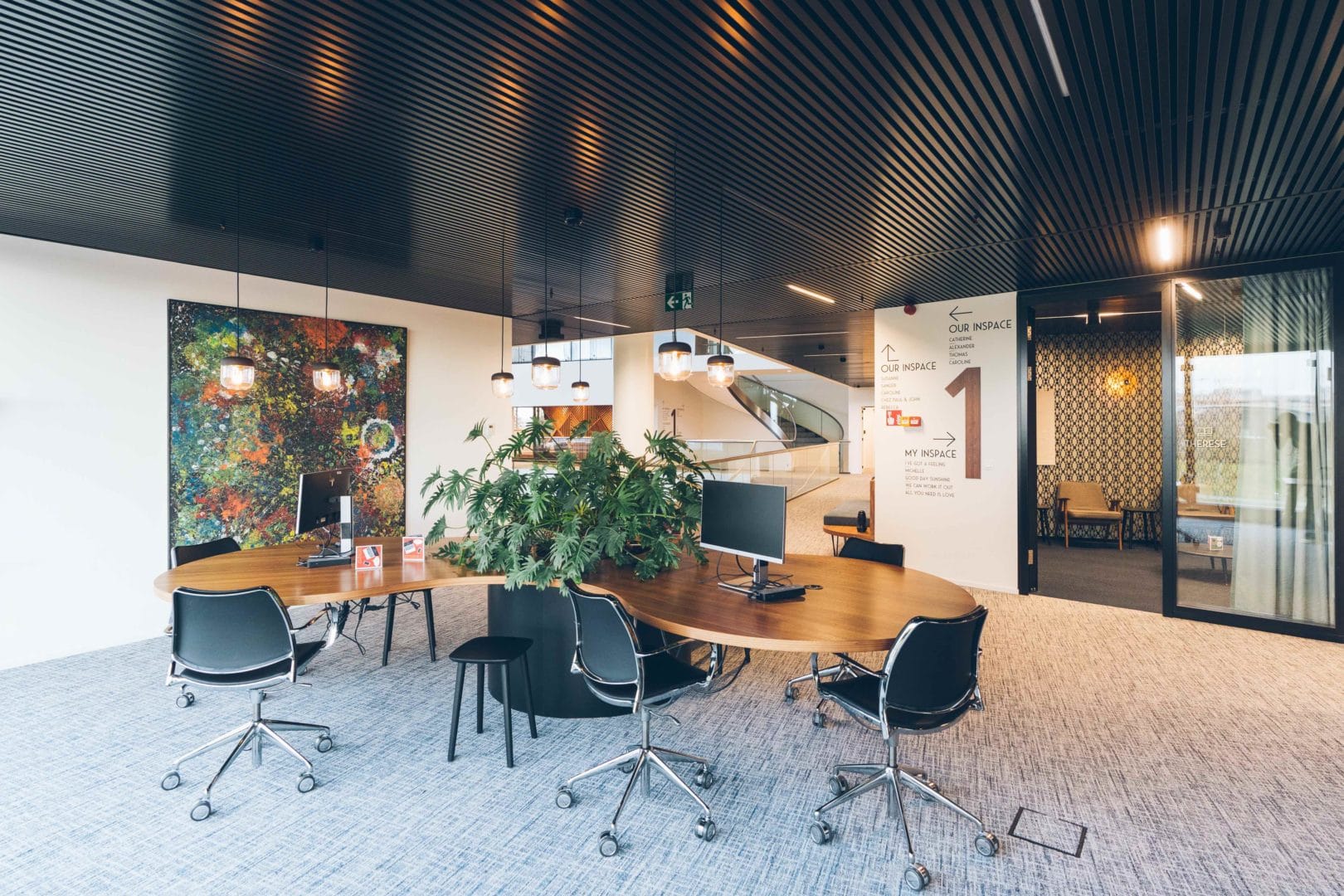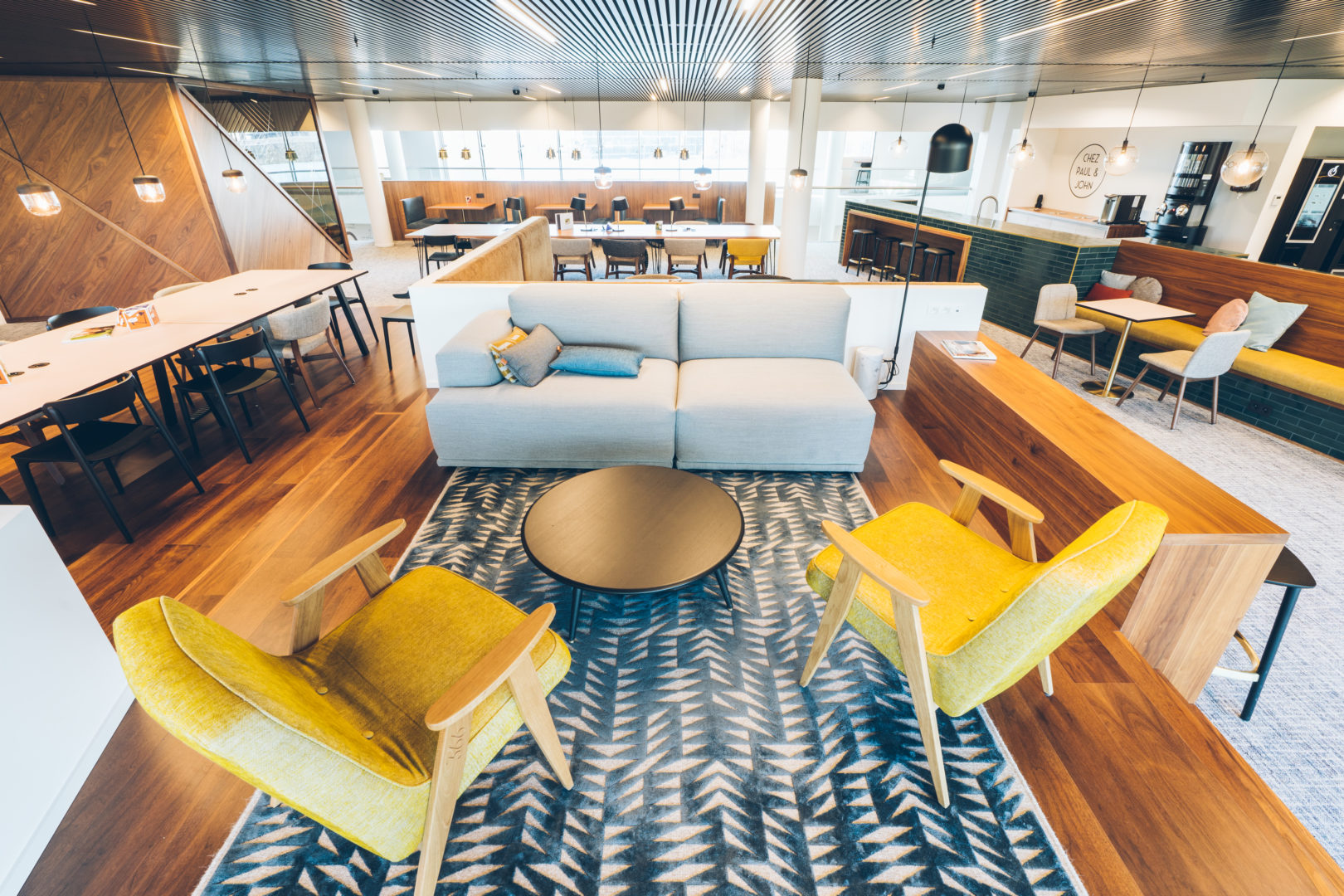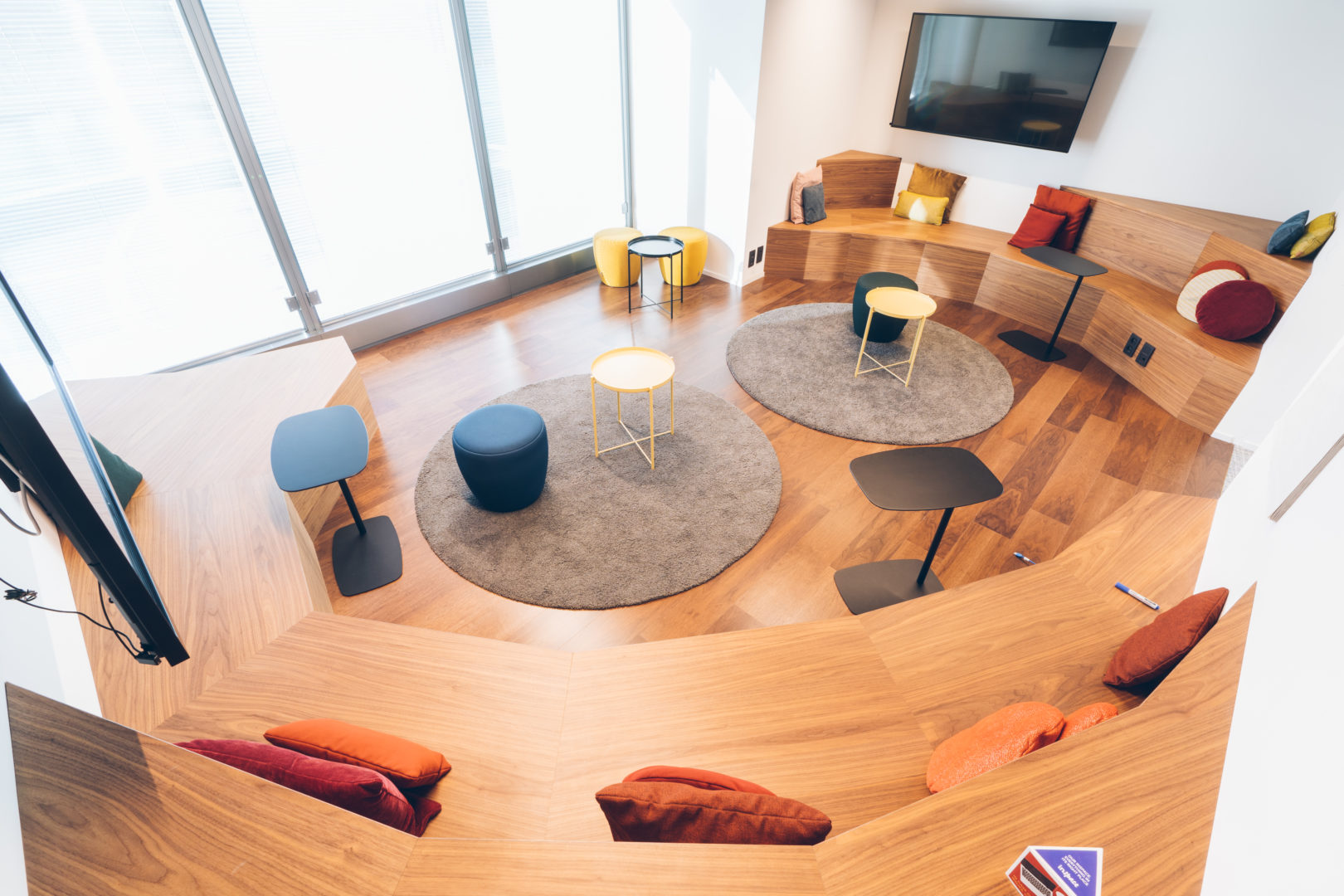4 tips for a successful transition to a hybrid work model
How to implement a hybrid work model in the company? New rituals, questioning the management style, setting up new workspaces and team dialogue: to make a successful transition, several factors must be taken into account. Here is our advice.
Hybrid work model has been around for a long time now. But in March 2020, the Covid-19 pandemic set this combination of office and remote work into the spotlight. According to recent studies, 80% of executives worldwide believe that their companies will now organize themselves according to this work model.
The coronavirus has indeed disrupted the old systems. Previously, employees came to the office because they had to. Tomorrow, they will want to come because they have decided to. Their expectations have changed. Face-to-face meetings must therefore provide added value.

What is a hybrid work model?
But what is a hybrid work model? A hybrid work model is a work model that combines two cultures: face-to-face and remote work. Employees can be in different spaces at different times. They can be online, in the office, or even away. Their workspaces and hours are flexible, which allow them to be more productive.
A hybrid work model also brings with it the notion of "asynchronous" work: a way of working that breaks with the fixed-hour workday. Ideal for parents who can drive and pick up their children from school or for those who prefer to work early in the morning or late at night.
4 tips for switching to a hybrid work model
But how do you implement the hybrid work in your company? Here are 4 best practices to adopt in order to make a successful transition to a hybrid work model.
1. Imagine new rituals
Since the beginning of the lockdown, employees have been bombarded with meetings. Online meetings follow one another, and work time is impacted. To make a successful transition to a hybrid work model, new rituals must be established.
- When should we meet physically and over what time frame?
- When do video conferences take place?
- When will we call each other?
- Will we organize more informal activities?
Establishing these new habits helps maintain team cohesion while giving employees the ability to work effectively in remote. It also helps the manager to keep a balance between face-to-face and remote work.
2. Review your management style
The transition to a hybrid work model is inevitably accompanied by a rethinking of the management style. Managers must coach their teams, organize their work and listen to what is important for the employees.
To make a successful transition to a hybrid work model, employees must ask themselves questions and be supported by their managers:
- When will I come to the office and why?
- What activity do I need to do, and where will I do it?
- Am I doing this activity alone or with someone?
- Does it make sense to get moving and come to the office to do this activity?
- What tools do I need?
The hybrid work allows individuals to move - or not - according to the nature of their activities. It empowers them.
3. Imagining the office of tomorrow
Today's offices no longer make sense. The work environment needs to be revisited. With the pandemic, managers have been forced to trust their teams. Employees have become used to the benefits of telecommuting: saving money, saving time, improving concentration, etc. They have realized the comfort offered by homeworking.
To successfully make the transition to a hybrid work model, the office style that corresponds to tomorrow's needs will have to be reinvented. The open space no longer corresponds to future expectations. Employees now need to co-create, connect and work cross-functionally.
Different souls can be created in the office. Some need to work in a busy place. Others in a quieter environment. It's up to the company to adapt.






4. Install the dialogue
Management should understand that people must be allowed to make personal choices. This will facilitate the transition to a hybrid work model. We are all different. An open, listening and understanding management style carries its teams and pulls them upwards. Why not call on employees and use collective intelligence to imagine the new rituals mentioned above?
Implementing a transparent dialogue between manager and team is the key to a successful transition to a hybrid work model. Some may want to come to work five days a week because they don't have the space at home. Others may have less need to move. We are all different. It's up to the manager to accept that. If a manager acknowledges this difference, collaboration will be strengthened.
In conclusion
With the current context, employees have become aware of their power of adaptability and flexibility. At the beginning of the pandemic, everyone was in the same boat. We had to row to adapt. Today, employees have realized that they are capable, efficient at home, autonomous. And that the post-covid era will be different. They need new ways of working and new rituals. It's up to the company to catch the ball and support this change towards a hybrid work model as best it can, to make it a strength.
OOO accompanies companies in the implementation of a new way of working. We bring companies' values to life in behavior and design. Want to learn more? Contact us!
Share on